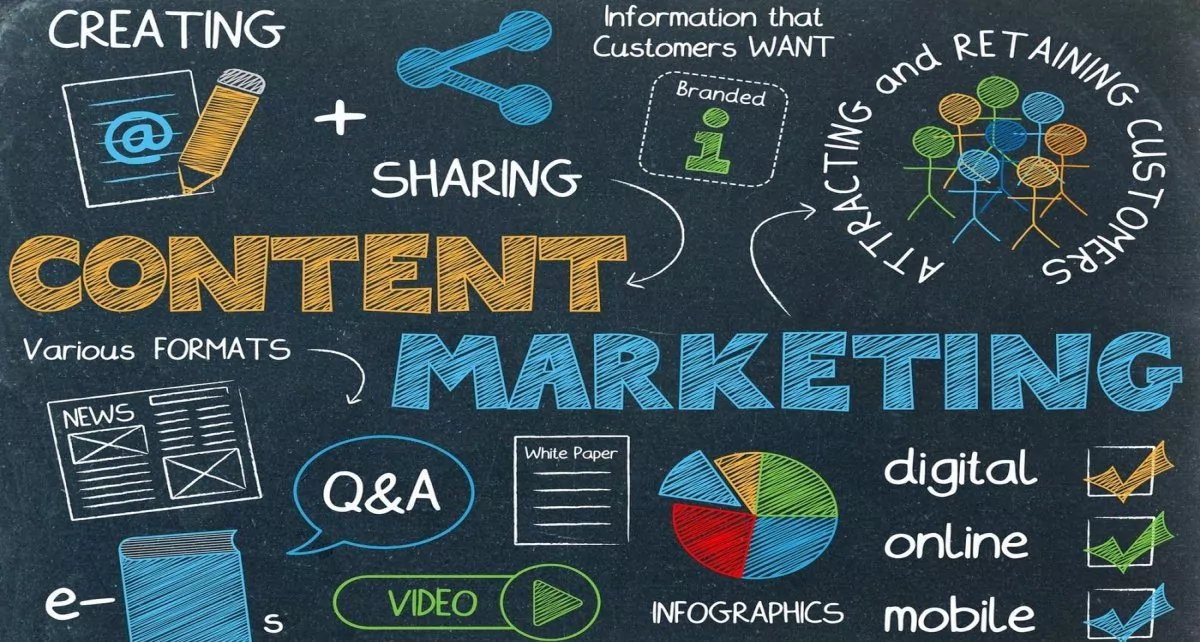Introduction
Marketing has undergone a remarkable transformation over the years, adapting and evolving to meet the ever-changing needs of consumers and the advancements in technology. The shift from traditional to digital marketing strategies has been one of the most significant changes, reshaping the way businesses connect with their target audience. This article explores the evolution of marketing, from its humble beginnings to the sophisticated digital landscape we witness today.
1. Traditional Marketing: Laying the Foundation
1.1 Print Advertising In the early days, print advertising was the primary medium for businesses to reach their audience. Newspapers, magazines, brochures, and billboards were instrumental in spreading the word about products and services.
1.2 Broadcast Media The introduction of radio and television brought a new dimension to marketing. Businesses could now leverage these platforms to advertise their offerings to a broader audience, making mass communication possible.
1.3 Telemarketing and Direct Mail Telemarketing and direct mail campaigns were popular strategies to directly reach potential customers. Although effective, these methods were often intrusive and faced criticism due to their disruptive nature.
1.4 Trade Shows and Events Trade shows and events allowed businesses to showcase their products and interact directly with potential customers, creating a more personalized marketing experience.
The Digital Revolution: Emergence of Digital Marketing
2.1 The Internet and Email Marketing The advent of the internet revolutionized marketing. Businesses began to explore online advertising through websites, email marketing, and online directories, providing a more targeted approach.
2.2 Search Engine Optimization (SEO) As search engines became integral to internet usage, SEO emerged as a critical strategy. Optimizing websites for search engines enabled businesses to improve their online visibility and attract organic traffic.
2.3 Pay-Per-Click (PPC) Advertising With PPC advertising, businesses could pay for their ads only when users clicked on them. Google AdWords became a pioneer in this field, allowing advertisers to bid on keywords to display their ads to relevant audiences.
2.4 Social Media Marketing Social media platforms like Facebook, Twitter, and Instagram transformed the marketing landscape. Brands could now engage directly with their customers, building relationships and fostering loyalty through interactive content.
3. Personalization and Data-Driven Marketing
3.1 Customer Relationship Management (CRM) CRM systems became instrumental in collecting and analyzing customer data, enabling businesses to understand their audience better and tailor marketing campaigns accordingly.
3.2 Behavioral Targeting Through data analysis, marketers could target specific demographics and individual behavior patterns, delivering personalized advertisements to the right audience at the right time.
3.3 Content Marketing Content marketing gained momentum as businesses recognized the value of providing valuable, informative content to their audience. This approach helped establish trust, credibility, and authority.
4. Mobile Marketing: Reaching Consumers on the Go
4.1 Rise of Mobile Devices The proliferation of smartphones and tablets led to a shift in consumer behavior, demanding mobile-friendly marketing strategies.
4.2 Mobile Apps and In-App Advertising Businesses started developing mobile apps and leveraging in-app advertising to engage users directly on their devices.
5. Video Marketing and Storytelling
5.1 Video Marketing Videos became an engaging form of content, allowing businesses to tell compelling stories and create emotional connections with their audience.
5.2 Influencer Marketing Influencer marketing emerged as a powerful strategy, leveraging the reach and impact of social media influencers to promote products and services.
6. The Future of Marketing: Artificial Intelligence (AI) and Beyond
6.1 AI-Powered Marketing Automation AI is transforming marketing by automating repetitive tasks, analyzing vast amounts of data, and enabling hyper-personalized campaigns.
6.2 Virtual and Augmented Reality (VR/AR) VR and AR are revolutionizing customer experiences, enabling businesses to offer immersive and interactive marketing campaigns.
6.3 Voice Search and Smart Devices With the rise of voice-activated assistants and smart devices, voice search optimization is becoming crucial for businesses to stay relevant.
Conclusion
The evolution of marketing from traditional to digital strategies has been a fascinating journey. As technology continues to advance, marketers must remain agile and adaptable to stay ahead in the ever-changing landscape. Embracing the latest trends and leveraging data-driven insights will empower businesses to connect with their audience effectively and achieve marketing success in the future.






